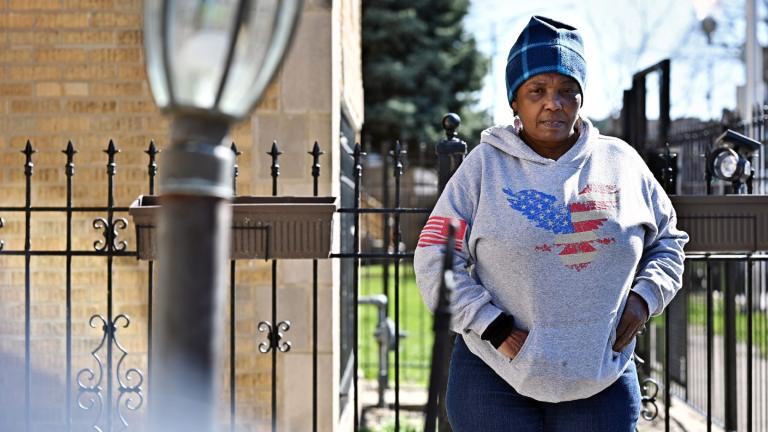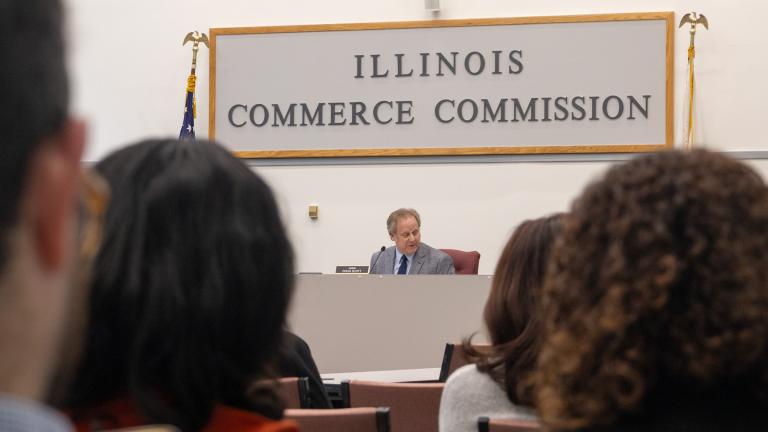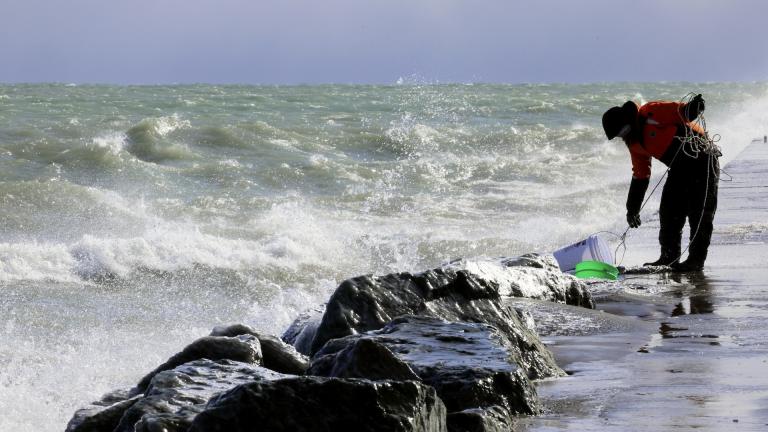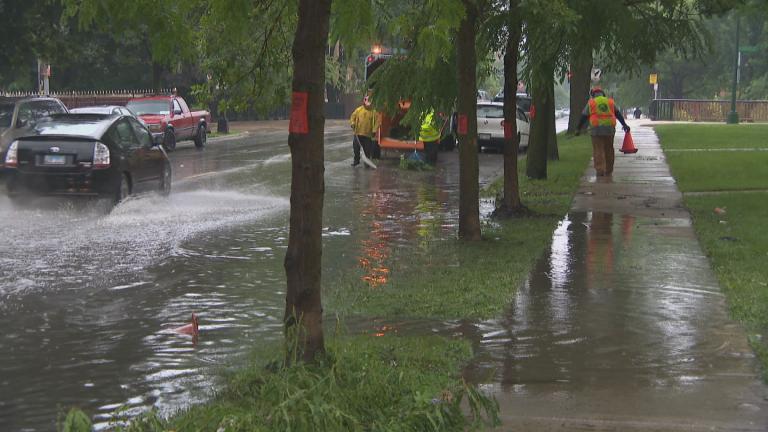
(CNN) — An urgent rescue operation is underway to save Florida coral species from extinction as a mass bleaching event and die-off from unprecedented water temperatures spreads across reefs in the Florida Keys.
Multiple reefs around the Florida Keys are now completely bleached or dead in a grim escalation that took place in as little as two weeks, coral experts told CNN.
Experts now say they expect “complete mortality” of the bleached reefs in just a week, and worry reefs at greater depths could face the same fate if the unprecedented ocean warmth continues to escalate.
Extreme heat and a lack of rain and wind pushed water temperatures around Florida to some of the highest levels ever observed anywhere. A buoy in the Florida Bay hit 101.1 degrees Fahrenheit at a depth of 5 feet Monday, in an area where coral is scant. Many other stations in the area topped 96 degrees, including one that hit 99 degrees, according to the National Data Buoy Center.
The most significant concentration of coral isn’t located in the shallower Florida Bay, where the readings were taken, but that matters little for coral around the Florida Keys baking in water temperatures topping 90 degrees.
Coral is extremely sensitive to temperature changes. Temperatures that are too hot for too long cause coral to bleach and turn white as they expel their algal food source and slowly starve to death. The water is typically in mid-80s in the region, experts said.
Temperatures at a reef managed by the Florida Aquarium were 91 degrees on July 6. The coral was completely healthy then, but when aquarium teams returned on July 19, all of the coral was bleached and an estimated 80% of it was dead. Another report from the Coral Restoration Foundation found “100% coral mortality” at Sombrero Reef off the coast of Marathon in the Florida Keys.
“This is akin to all of the trees in the rainforest dying,” Keri O’Neil, the director and senior scientist at the Florida Aquarium, told CNN. “Where do all of the other animals that rely on the rainforest go to live? This is the underwater version of the trees in the rainforest disappearing. Corals serve that same fundamental role.”
Coral bleaching as seen at Cheeca Rocks off Islamorada in the Florida Keys. (Credit: Andrew Ibarra)
Andrew Ibarra was worried about his “favorite reef,” Cheeca Rocks, he told CNN. So he grabbed his snorkeling gear and his camera, hopped in his kayak and paddled the short mile and a half off Islamorada to the site.
“I found that the entire reef was bleached out,” said Ibarra, a NOAA monitoring specialist at Florida Keys National Marine Sanctuary. “Every single coral colony was exhibiting some form of paling, partial bleaching or full-out bleaching. Including recent mortality for some corals that have already died.”
Ibarra’s photos and videos show a ghastly graveyard of corals sapped of color and life.
“The pictures are frankly horrifying,” Katey Lesneski, the monitoring coordinator for NOAA’s Mission: Iconic Reefs, told CNN. “It’s hard for me to put into words how I’m feeling right now.”
Lesneski said that she found two other reefs with “very, very high mortality” but also found a “a little hope spot” on a dive in a deeper reef on Monday, where only 5% of the coral was starting to bleach because water temperatures are slightly cooler in what are called “depth refuges.”
But even those corals could bleach and die if there’s no respite from the intense water temperatures. Previous mass bleaching events in Florida happened weeks later than this event, when ocean temperatures typically peak.
Reef restoration experts are now plucking genetically important species from their nurseries – where they plant and cultivate coral bred to be more resilient – and taking them to land where they will wait out the extreme heat.
“Scientists are just really scrambling to keep what we have alive. It’s pretty crazy that at this point the best solution we have is to take as much coral out of the ocean as we can,” O’Neil told CNN. “It’s shocking when you think about that.”
It includes corals like Staghorn and Elkhorn that are “threatened” under the Endangered Species Act because there are just a few hundred genetically unique individuals left, O’Neil said. Florida has lost 90% of its Elkhorn, which is mighty and grows all the way to the surface and is therefore vital in reducing destructive waves from hurricanes.
The thousands of saved coral bits end up in rows of climate-controlled water-filled tables at places like the Florida Institute of Oceanography’s Keys Marine Laboratory. KML has already taken in at least 1,500 corals and expects the number to grow to 5,000 or more as the great rescue operation plays out.
“At this point we’re in emergency triage mode,” Cynthia Lewis, a biologist and the director of KML told CNN. “Some of these corals that came in last week were looking very bad, and we may lose them.”
Lewis said that while a lot of the coral was in OK shape, up to 10% of it was dying at the lab.
But experts said every piece saved would help them learn which corals can survive warmer oceans, and also be the foundation for rebuilding Florida’s reefs after this year’s bleaching event.
“If anything our work is more important than ever because we’re really depending on aquarium facilities to keep these species from going extinct in Florida,” O’Neil told CNN.
The-CNN-Wire™ & © 2023 Cable News Network, Inc., a Warner Bros. Discovery Company. All rights reserved.








